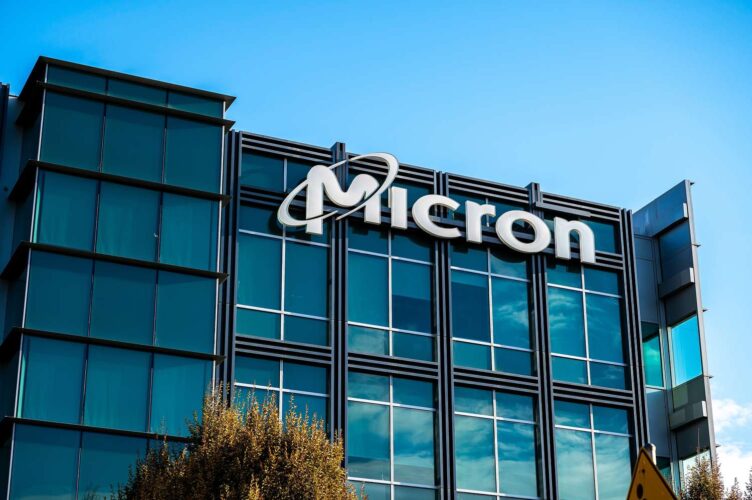Micron Technology, Inc. (Nasdaq: MU) announced its second-quarter fiscal 2025 earnings today, reporting $8.05 billion in revenue and record-breaking data center DRAM sales, fueled by robust demand for artificial intelligence (AI) applications.
Key Financial Highlights
-
Revenue: $8.05 billion (down from $8.71 billion in Q1 but up from $5.82 billion year-over-year)
-
GAAP Net Income: $1.58 billion ($1.41 per diluted share)
-
Non-GAAP Net Income: $1.78 billion ($1.56 per diluted share)
-
Operating Cash Flow: $3.94 billion (up from $3.24 billion in Q1 and $1.22 billion a year ago)
Record HBM and Data Center DRAM Sales
Micron’s High Bandwidth Memory (HBM) revenue exceeded $1 billion in the quarter, reflecting strong AI-driven demand. Additionally, the company reported that data center DRAM revenue tripled compared to the previous year, reinforcing its position as a leading supplier of advanced memory solutions.
“Micron delivered fiscal Q2 EPS above guidance, and data center revenue tripled from a year ago,” said Sanjay Mehrotra, Chairman, President, and CEO of Micron Technology. “We are extending our technology leadership with the launch of our 1-gamma DRAM node. We expect record quarterly revenue in fiscal Q3, driven by continued DRAM and NAND demand growth in both data center and consumer markets. We remain on track for record revenue and significantly improved profitability in fiscal 2025.”
Micron’s capital expenditures for the quarter totaled $3.09 billion, with an adjusted free cash flow of $857 million. The company ended the quarter with $9.6 billion in cash, marketable investments, and restricted cash.
Micron’s Board of Directors declared a quarterly dividend of $0.115 per share, payable on April 15, 2025, to shareholders of record as of March 31, 2025.
With a focus on technology innovation, AI acceleration, and expanding high-performance memory solutions, Micron expects continued growth in Q3 2025 and beyond. The company remains committed to advancing DRAM and NAND technology to meet the growing demands of AI, data centers, and intelligent edge applications.

